This series of papers [ISSN: 2652-5518] aims to showcase the diverse application of the twin method to the research and health professionals’ community, and to start a conversation regarding use of this approach in all areas of research, including education, early life origins of chronic disease, clinical trials and population health research.
- Issue 1: Twin research designs and analytic approachesISSN: 2652-5518 By Katrina J. Scurrah and John L. Hopper Main points Summary The aim of this article is to summarise different types of research study designs involving twins and the ways in which these can be… Read more: Issue 1: Twin research designs and analytic approaches
- Issue 2: Historical perspectives on twins and twin researchISSN: 2652-5518By Brian Byrne Main points Summary Twins Research Australia (TRA) has two missions. One is to support and encourage the scientific opportunities afforded by twins and other multiple births to understand the human condition,… Read more: Issue 2: Historical perspectives on twins and twin research
- Issue 3: School achievement in literacy and numeracy: Insights from research using the twin designISSN: 2652-5518By Brian Byrne Main points Summary The aim of this article is to summarise what twin research has taught us about Australians’ school achievement, and to outline the implications for students themselves and their… Read more: Issue 3: School achievement in literacy and numeracy: Insights from research using the twin design
- Issue 4: The importance of twin studies in understanding the early life origins of chronic diseaseISSN: 2652-5518By Jeffery M. Craig Main points Summary We now know that many risks for chronic disease originate in early life. All of us are born with a genetic risk inherited from our parents and… Read more: Issue 4: The importance of twin studies in understanding the early life origins of chronic disease
- Issue 5: The importance of zygosity knowledge for twins and scienceISSN: 2652-5518By Jeffrey M Craig, Kate Murphy, Tessa L Cutler, Monica Rankin, Jane Denton, Deborah Schofield, Margaret Otlowski, Mark P Umstad, Susan Carrick Main points Summary Zygosity traditionally refers to the degree of genetic similarity between… Read more: Issue 5: The importance of zygosity knowledge for twins and science
- Issue 6: Conducting clinical trials in twin populations: working with twins and their familiesISSN: 2652-5518By Lisa Yelland, Paulo Ferreira, Lucas Ferreira, Katrina Scurrah, Monica Rankin, Jane Denton, Merryl Harvey, Katherine J Lee, Evie Kendal, Jeffrey M Craig Main points Summary This article discusses the design and implementation of… Read more: Issue 6: Conducting clinical trials in twin populations: working with twins and their families
- Issue 7: More than just double: health service utilisation and patient costs for women who have twinsISSN: 2652-5518By Emily Callander, Lucas Calais-Ferreira, Haylee Fox, Sue Malta, John Hopper Summary Medical advancements and increasing age at first pregnancy have contributed to a worldwide increase in multiple births. However, there is very little… Read more: Issue 7: More than just double: health service utilisation and patient costs for women who have twins








